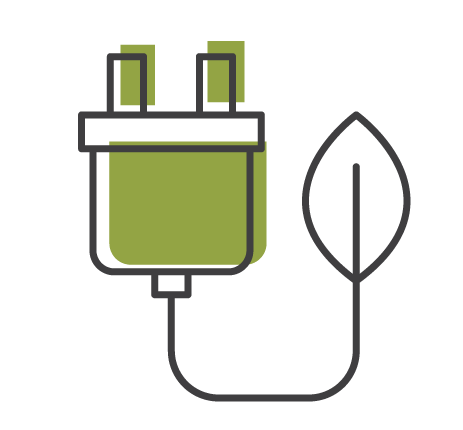Karoo anti-uranium mining activists celebrate divestment plans with caution
- Published:
While it seems reasonable to assume that Karoo locals should celebrate Peninsula Energy’s decision to divest their interests in the Karoo Uranium Project (KUP), the Southern African Faith Communities’ Environment Institute (SAFCEI) and their community partners are under no illusion that uranium mining interests remain – interests which are a direct threat to the complex underground water systems, which serve as the main water source for this arid region.
Dr Stefan Cramer from SAFCEI says that Peninsula, which is on the brink of technical insolvency, has been driven to this decision by market forces. He says that uranium prices are severely depressed and will remain so for the foreseeable future, and therefore investors do not see enough return.
Says Cramer, “On top of that, the latest forecast by Consensus Economics – a respected market research firm – paints a dire future for the industry. These last months have been particularly difficult for the commodity. At a price range below 35 US-$ per pound of uranium oxide, all mines struggle to break even. The market is so depressed and investor confidence in Peninsula is so low, that even the announcement of off-loading the money-burning Karoo prospects have not led to a rebound of their share price.”
According to Cramer, the company took a knock when it had to revert to traditional open-cast mining in its license application, which is less profitable in comparison to the more prevalent and cost-effective In-Situ Recovery (ISR). It started the licensing process in South Africa more than 10 years ago, with ISR technology in mind, but quickly realised that it would never be licensable under SA’s strict National Water Act.
“I believe that Peninsula’s limited choice of technology is at the heart of the matter. ISR technology could be brought into the game if there would be a way around SA’s National Water Act. However, with the current water crisis looming large in national politics, not even a new government would openly support legal changes that would further endanger the most valuable and scarce national resource – water,” adds Cramer.
“While Peninsula does not have much to sell apart from a few prospecting licenses and modest offices in Beaufort West, its main capital is the volumes of environmental research for the EIAs, the detailed engineering studies by DRA and preliminary groundwater research,” says Cramer.
Cramer says there are a number of scenarios that could play out and while some seem unlikely, the anti-uranium mining campaign will keep their guard up, because while mining companies see money, these communities are fighting for their livelihood and well-being.
“What is interesting and quite worrying is that the Russian company, Pala Investments, has converted its loans to Peninsula Energy into ordinary shares and convertible notes, thereby taking further partial ownership of the enterprise. There is the risk that the Russians will pick up where Peninsula left off,” Cramer warns.
According to Mr. Jan Arkert, also from SAFCEI, there are a number of other issues which are cause for concern in this matter. This includes a major conflict of interest with Ferret Mining and Environmental Services (FMES) – the environmental assessment practitioner (EAP), which is meant to be responsible for the impartial Environment Impact Assessments (EIA) that ultimately influences the decision to grant permission to mine or not – which has significant mining interests of its own, in South Africa.
Arkert says, “How can a company that holds a direct interest in mining operations in South Africa be the impartial EAP on a potentially extensive mining operation in the Karoo? SAFCEI has made numerous requests for information about the company’s Peninsula EIA submissions, which remain unanswered. This clearly demonstrates FMES’ inability to remain impartial.”
“While it is legally prescribed that the EIA process must be fully inclusive and transparent, we have not been allowed to see any of the final reports and appendices, and FMES continues to ignore our requests for further submission dates. However, as Interested and Affected Parties (AIPs), we have the right to a response to the comments and objections raised by various parties. But, without access to the final EIA’s, we have no way of verifying that the EAP has addressed the issues raised,” he adds.
“SAFCEI intends to proceed with the attitude that environmental authorisation (EA) to mine uranium in the Karoo will be issued as early as mid-December 2017 in the case of Kareepoort and early January 2018 in the Ryst Kuil application. We are also preparing to appeal the possible issuing of EA, which will specifically focus on the lack of public participation, the perceived prejudice of FMES and also other technical, and socio-economic issues,” continues Arkert.
He concludes, “We rather want to focus on exploring the Karoo’s renewable energy resources, such as from the sun and wind, which would significantly alleviate the unemployment situation in the region, without damaging its delicate water supply networks. On top of the risks to the environment and human wellbeing, uranium mining will not deliver noteworthy unemployment or poverty relief to these communities.”
ENDS
Issued by Natasha Adonis, on behalf of SAFCEI and its Karoo partners. For more information, contact Natasha on 0797-999-654 or adonisnatasha@yahoo.co.uk.
Who we are
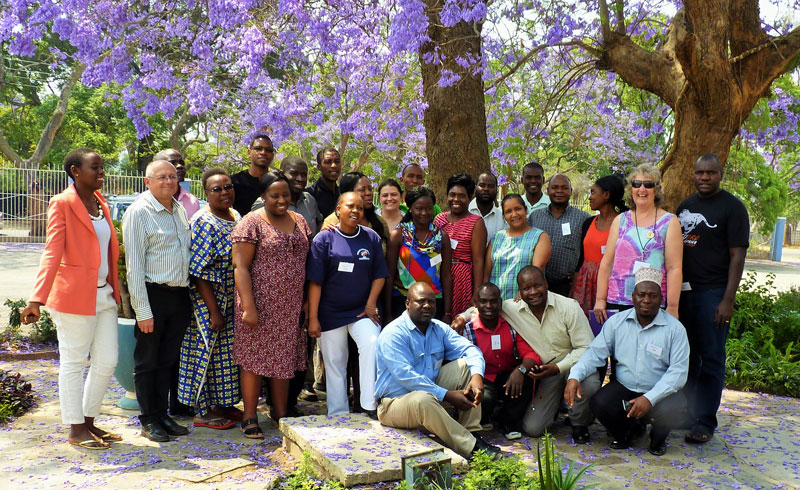
SAFCEI (Southern African Faith Communities’ Environment Institute) is a multi-faith organisation committed to supporting faith leaders and their communities in Southern Africa to increase awareness, understanding and action on eco-justice, sustainable living and climate change.
Featured Articles
-
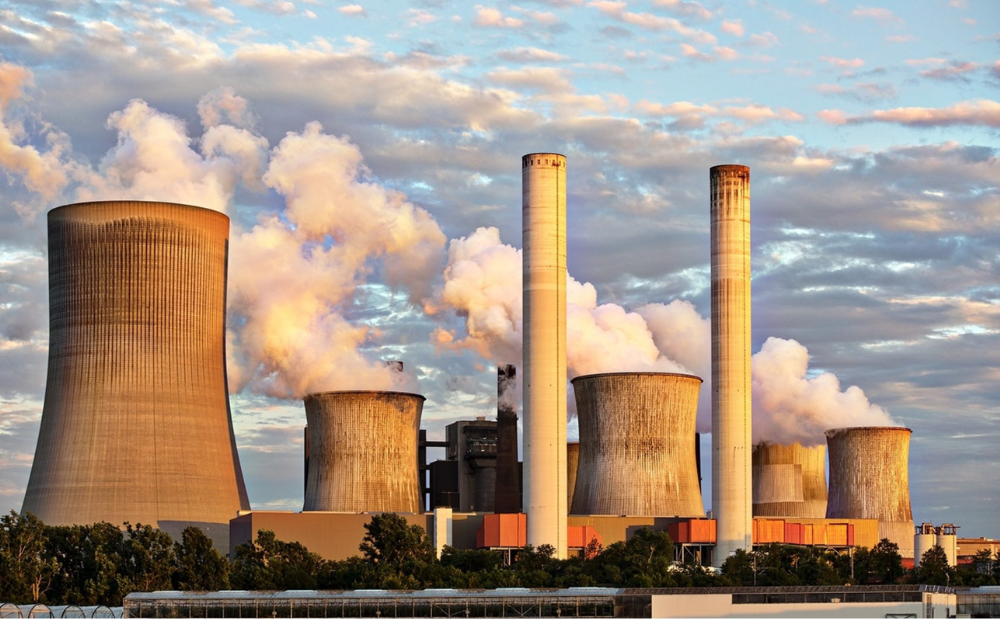
South Africa: Who Ends Up Paying If DMRE Cooks the Price of Nuclear Power?
-
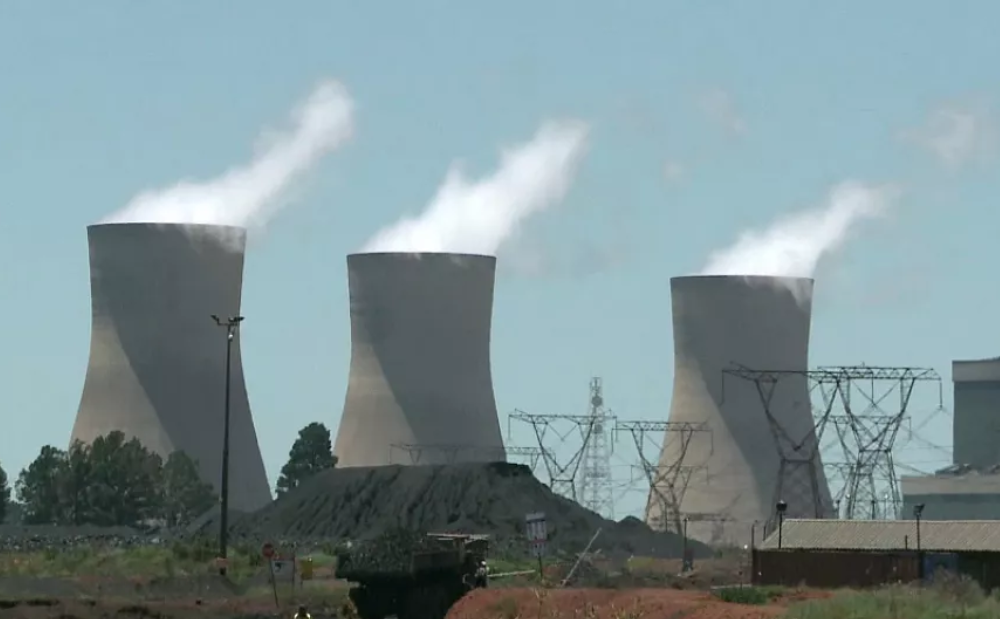
South Africa’s nuclear energy expansion plans continue to draw criticism, environmental NGOs chew over legal challenge
-

Earthlife Africa and SAFCEI respond to latest unsettling nuclear news regarding the ministerial determination
-
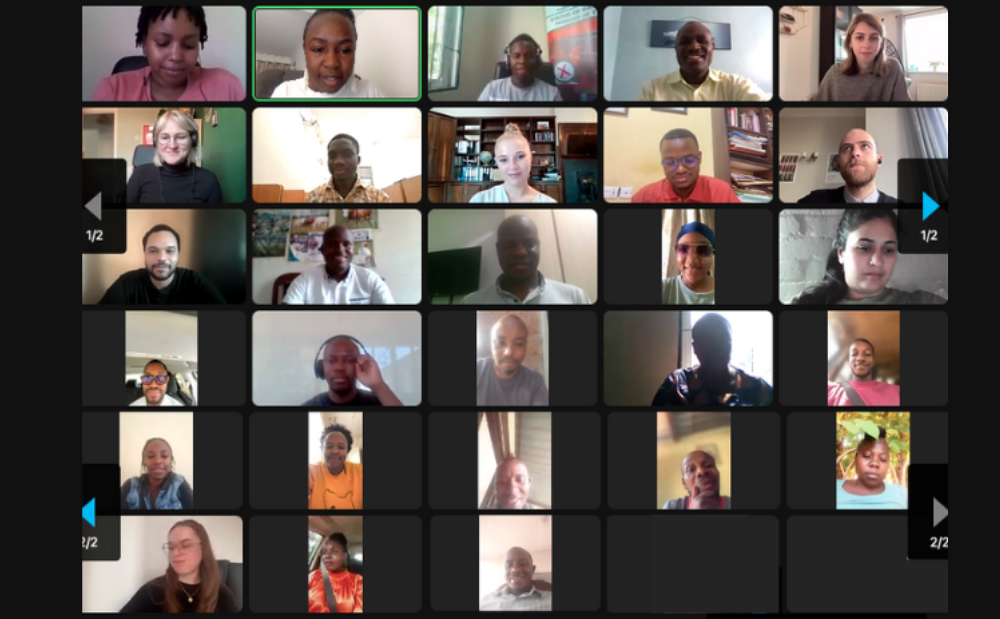
Open Wing Alliance Africa (Virtual) Summit 2023
-
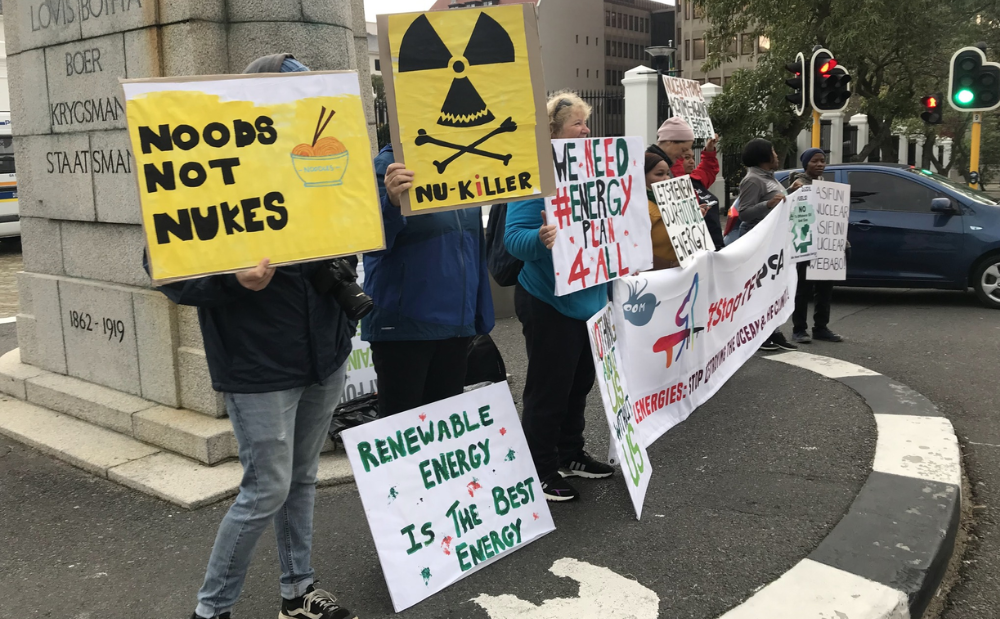
The Green Connection and SAFCEI respond to energy minister's divisive and deflecting comments
-
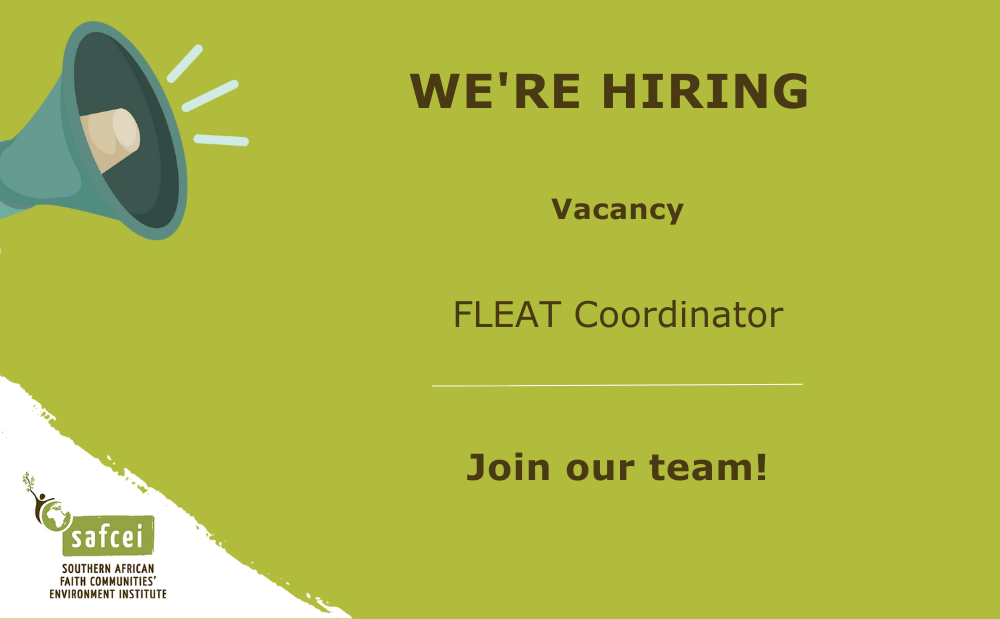
Job Vacancy: FLEAT Coordinator


